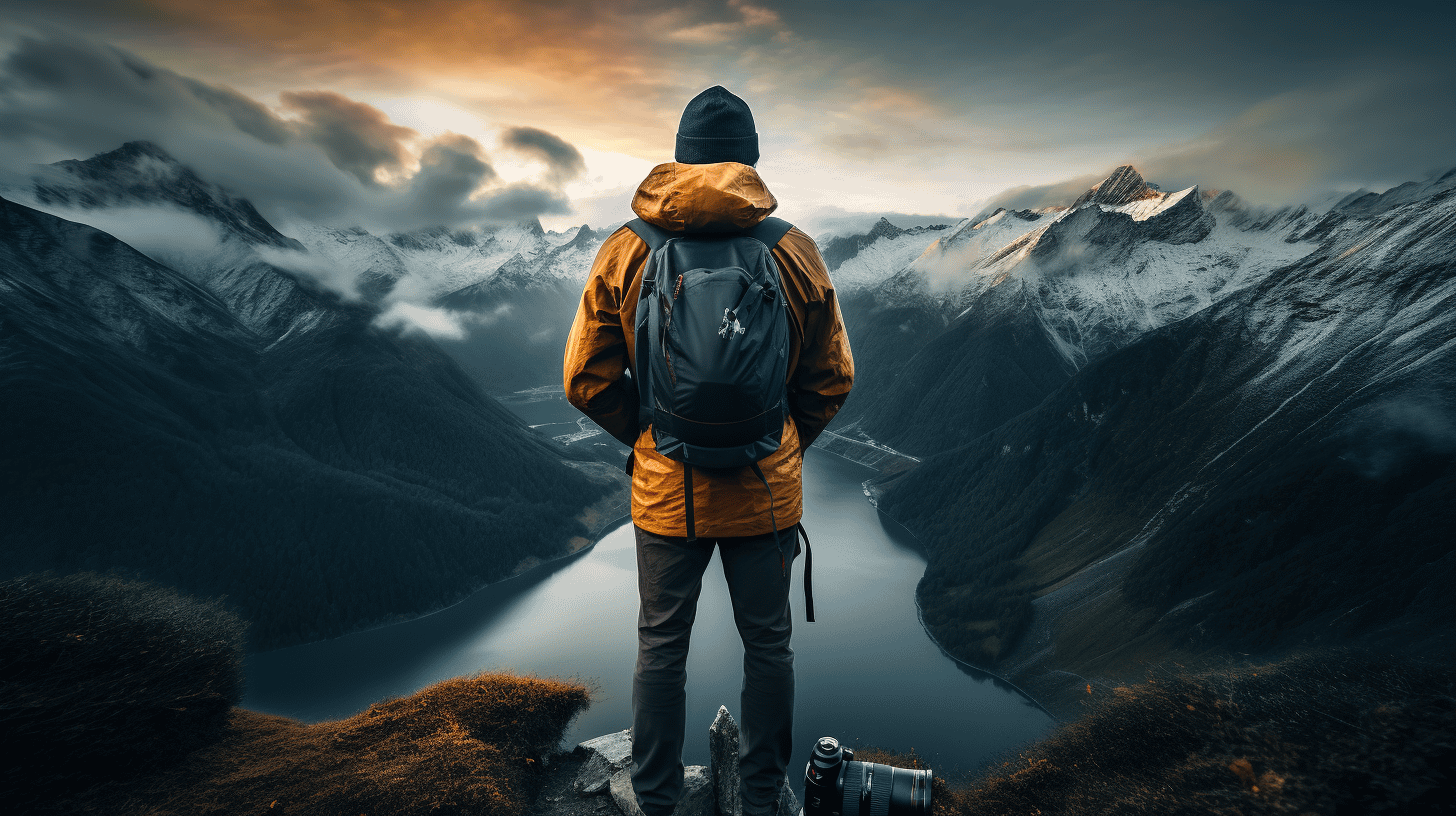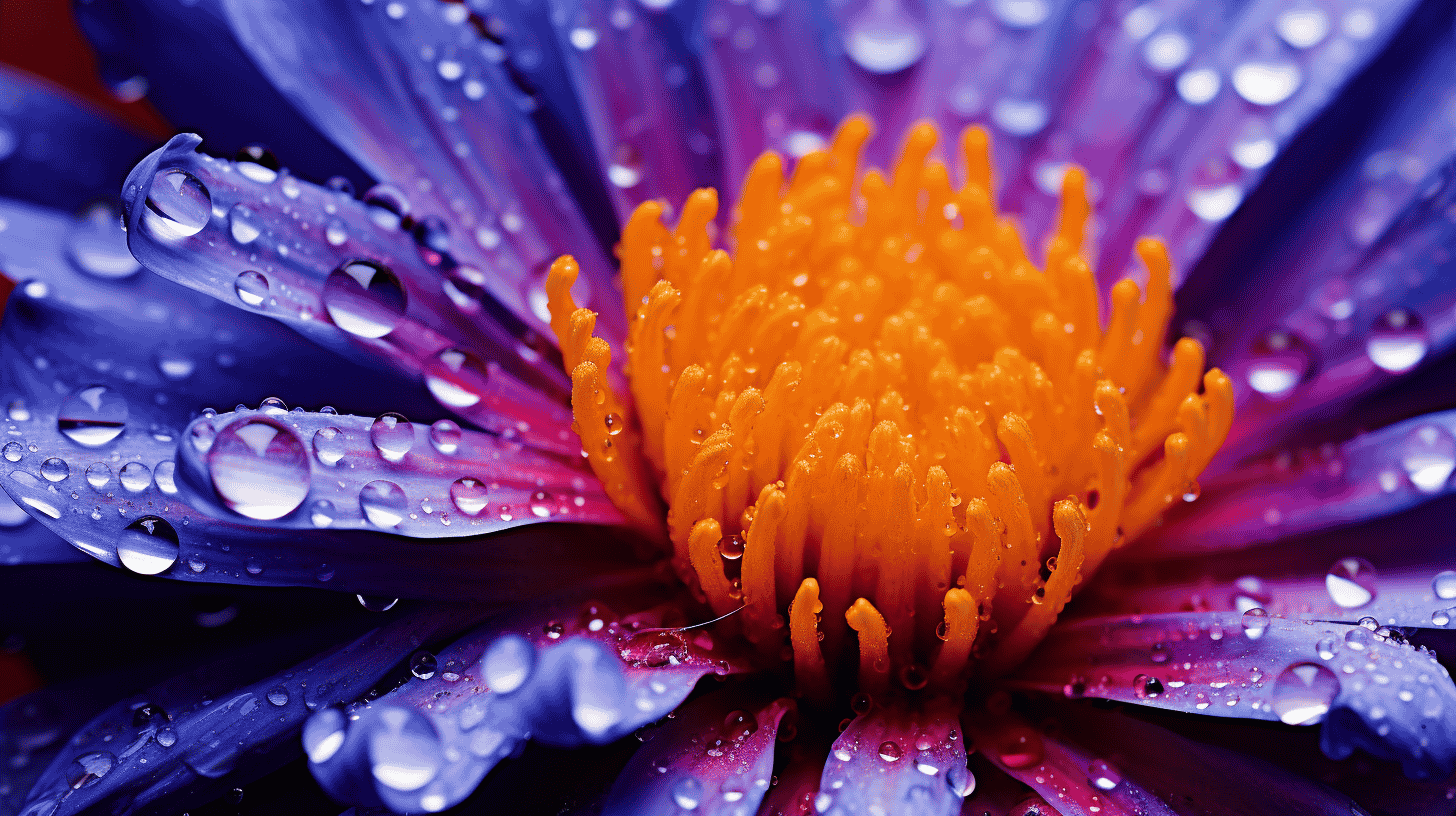Photography is a powerful medium to capture the beauty and essence of the world around you. Whether you’re a professional photographer or a hobbyist, honing your skills and understanding the tips and techniques used in the field can help you take your photography to the next level. In this article, we will explore various aspects of photography including composition, exposure, focus, and post-processing to help you improve your skills and create stunning images that capture the imagination.
Table of Contents:
- Composition
- Exposure
- Focus and Depth of Field
- Lighting Techniques
- Choosing the Right Gear
- Post-Processing Techniques
- Additional Resources and Inspiration
Composition
Understanding composition is essential in creating visually appealing photographs that tell a story. Good composition helps guide the viewer’s eye toward the main subject and creates a sense of balance and harmony in the image. Let’s look at some key techniques:
1. Rule of Thirds
The Rule of Thirds is a fundamental compositional technique to create balance and interest in your images. Imagine dividing your frame into nine equal parts using two equally spaced horizontal lines and two equally spaced vertical lines. Align your main subject along these lines or at the intersections to create a more balanced and engaging image.
2. Leading Lines
Leading lines are a powerful compositional tool that guides the viewer’s eye towards your main subject. These can be straight, curved, or even zig-zag lines. Examples include roads, paths, or architectural elements. Use leading lines to create a sense of depth and direct the viewer’s attention to the main subject in your image.
3. Framing
Framing is the technique of using natural or man-made frames within the scene to draw attention to your main subject. Examples of natural frames are tree branches or archways, while man-made frames can include windows or doorways. Framing helps to isolate your subject and create a more focused and interesting image.
Exposure
Proper exposure is key to creating a well-balanced photograph. Exposure is controlled by three main elements: aperture, shutter speed, and ISO. These factors, also known as the Exposure Triangle, work together to determine how much light reaches your camera’s sensor.
Aperture
Aperture is the size of the opening in the lens through which light passes. It is measured in f-stops (e.g., f/1.4, f/2.8, f/8). Lower f-stop numbers indicate a larger aperture (more light) and higher f-stop numbers signify a smaller aperture (less light). Aperture also affects the depth of field in your images, with larger apertures (small f-number) creating a shallow depth of field and smaller apertures (large f-number) resulting in a larger depth of field.
Shutter speed
Shutter speed is the length of time the camera’s shutter remains open, allowing light to reach the sensor. Faster shutter speeds (e.g., 1/2000s) freeze action and minimize motion blur, while slower shutter speeds (e.g., 1/15s) may result in motion blur or require a tripod to avoid camera shake.
ISO
ISO is the sensitivity of your camera’s sensor to light. Lower ISO values (e.g., ISO 100) result in cleaner images with less noise, while higher ISO values (e.g., ISO 3200) allow for faster shutter speeds or smaller apertures, but may lead to increased noise in your photographs.
Focus and Depth of Field
Focus and depth of field (DOF) play a crucial role in creating sharp, engaging images. Focus is the point at which your subject is sharp and clear, while DOF is the range of distance in front and behind the focus point where your subject appears acceptably sharp.
Autofocus and Manual Focus
Most modern cameras offer both autofocus (AF) and manual focus (MF) options. Autofocus is generally faster and more accurate, while manual focus allows for more precise control and creativity. Mastering both methods will give you greater flexibility when capturing your shots.
Depth of Field
Depth of field is determined by three factors: aperture, focal length, and distance from the subject. As mentioned earlier, a larger aperture (low f-number) will create a shallow DOF, and a smaller aperture (high f-number) will result in a greater DOF. Longer focal lengths and closer distances to the subject also lead to a shallower DOF.
Lighting Techniques
Capturing the perfect photograph often relies on understanding and manipulating light. Different lighting techniques can dramatically alter the mood, texture, and impact of an image.
1. Natural Light
Utilizing natural light can provide soft, even illumination, particularly during the golden hour – the time around sunrise and sunset. Shooting with the sun behind your subject can create a beautiful rim light, while diffused sunlight from an overcast sky can reduce harsh shadows and provide a softer look.
2. Artificial Light
Artificial light sources, such as flash, strobes, and continuous lights, offer greater control over the intensity, direction, and quality of light. Learning to balance artificial light with ambient light can open up creative possibilities and improve your photography in low-light situations.
Choosing the Right Gear
While it’s true that the photographer makes the image and not the gear, having the right equipment can make it easier to achieve your creative vision. Consider investing in a versatile camera system, a selection of quality lenses, and essential accessories such as a tripod, remote shutter release, and filters like polarizers and ND filters.
Post-Processing Techniques
Post-processing is an essential step in the digital photography workflow. Software tools like Adobe Lightroom and Photoshop can help you adjust exposure, fine-tune colors, crop and straighten images, and remove blemishes or distractions.
1. Basic Adjustments
Start your post-processing with basic adjustments such as exposure, white balance, and contrast. Use histograms and clipping warnings to ensure you maintain detail in shadows and highlights.
2. Editing Techniques
Utilize editing techniques like dodging and burning, sharpening, and noise reduction to enhance your image and draw attention to your main subject.
Additional Resources and Inspiration
Endless resources are available for photographers to learn and grow in their craft. Keep up with the latest techniques, gear, and trends by following photography blogs, participating in online forums, attending workshops and conferences, and most importantly, continuously practicing and refining your skills.
Want to learn more about photography? Visit Wimarys.com, where you can find tutorials, reviews, tips, and tricks covering a wide range of photography topics.




0 Comments